Introduction
The world is filled with remnants of once-thriving ancient civilizations that continue to captivate us. These societies achieved remarkable feats in architecture, engineering, science, art, and social organization. Their innovations and cultural practices shaped the course of human history. Let’s delve into 15 of the most incredible facts about these fascinating ancient civilizations.
Top 15 Incredible Facts About Ancient Civilizations
- The ancient Egyptians developed a complex system of writing using hieroglyphics.
- The Great Pyramid of Giza is one of the Seven Wonders of the Ancient World.
- Ancient Mesopotamians are credited with inventing the wheel.
- The Indus Valley Civilization had advanced urban planning and sanitation systems.
- Ancient Greeks made significant contributions to philosophy, mathematics, and democracy.
- The Maya civilization developed a highly accurate calendar system.
- The Roman Empire built a vast network of roads and aqueducts.
- The Incas of South America constructed Machu Picchu, a marvel of engineering.
- Ancient China invented gunpowder, papermaking, and the compass.
- The Nazca Lines of Peru are giant geoglyphs etched into the desert.
- The city of Angkor Wat in Cambodia was once the largest city in the world.
- The Great Zimbabwe in southern Africa was a powerful medieval trading center.
- The Rapa Nui people of Easter Island carved the iconic moai statues.
- Stonehenge in England remains an enduring prehistoric mystery.
- Göbekli Tepe in Turkey is considered the world’s oldest known temple.
Fact 1. The ancient Egyptians developed a complex system of writing using hieroglyphics.
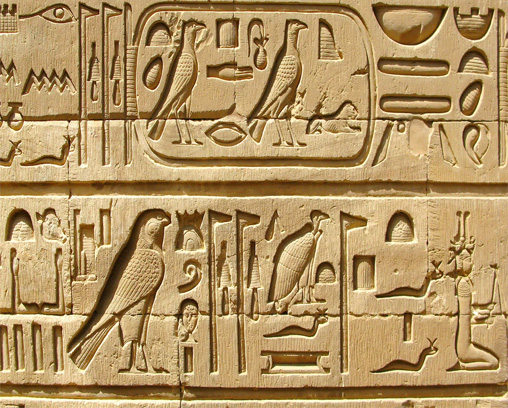
Hieroglyphics were a sophisticated writing system used in ancient Egypt for religious texts, administrative documents, and literature. This intricate script combined pictures (representing words or sounds) with abstract symbols. Hieroglyphs played a crucial role in preserving Egyptian history, religion, and culture.
Fact 2. The Great Pyramid of Giza is one of the Seven Wonders of the Ancient World.
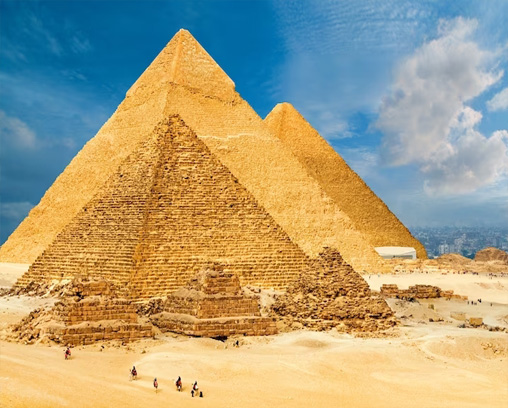
The Great Pyramid of Giza, constructed around 2560 BC, stands as a testament to the architectural genius of ancient Egypt. It was the tallest human-made structure for over 3,800 years. The sheer scale and precision of its construction using massive limestone blocks continue to baffle modern engineers.
Fact 3. Ancient Mesopotamians are credited with inventing the wheel.

The invention of the wheel in Mesopotamia around 3500 BC revolutionized transportation and agriculture. This simple yet profound technology made it possible to move goods and people more efficiently, contributing significantly to the development of trade and the growth of civilizations.
Read More: 15 Mind-Blowing Facts About Medieval Times That Will Transport You Back in History
Fact 4. The Indus Valley Civilization had advanced urban planning and sanitation systems.
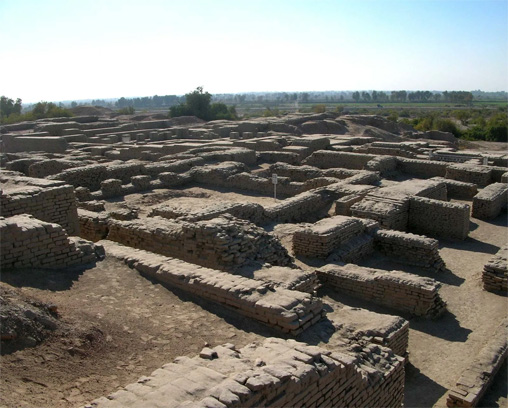
The Indus Valley Civilization, flourishing from around 3300 BC to 1300 BC, boasted remarkably sophisticated cities like Harappa and Mohenjo-daro. They exhibited exceptional urban planning with grid-like streets, advanced drainage systems, public baths, and standardized brick sizes, demonstrating a focus on hygiene and organized living.
Fact 5. Ancient Greeks made significant contributions to philosophy, mathematics, and democracy.
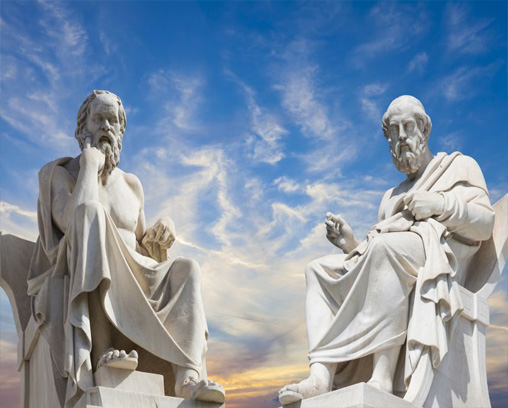
Ancient Greece was a hotbed of intellectual and cultural development. Philosophers like Socrates, Plato, and Aristotle explored fundamental questions about ethics, existence, and the nature of reality. Mathematicians such as Pythagoras and Euclid laid the groundwork for modern geometry. Greece also saw the birth of democracy, a system of government where power rested with the citizens.
Fact 6. The Maya civilization developed a highly accurate calendar system.
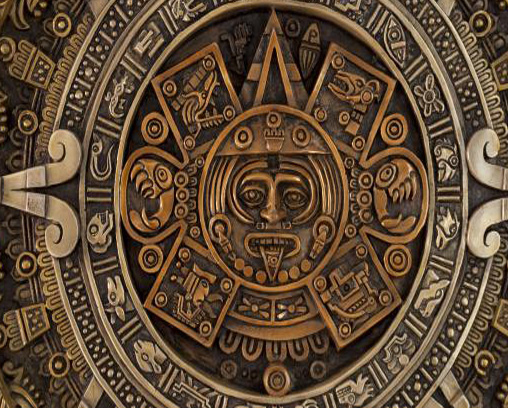
The ancient Maya possessed extraordinary astronomical knowledge. They developed multiple calendars, including a 365-day solar calendar and a 260-day sacred calendar, which interlocked to form a complex system for tracking time, religious rituals, and predicting astronomical events.
Read More: 15 Legendary Lost Treasures: Fact, Fiction, and the Hunt Continues
Fact 7. The Roman Empire built a vast network of roads and aqueducts.
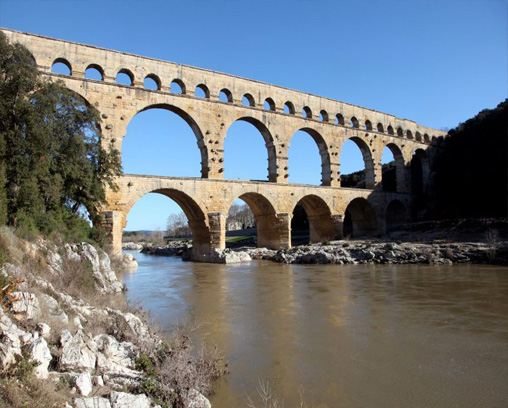
The Romans were master engineers, their vast empire connected by a network of roads remarkable for their durability and efficiency. Aqueducts, marvels of engineering, carried fresh water over long distances, supplying cities and promoting public health. These infrastructural advancements facilitated trade, military movement, and the spread of Roman culture.
Fact 8. The Incas of South America constructed Machu Picchu, a marvel of engineering.

High in the Andes Mountains, the Incas built the magnificent citadel of Machu Picchu in the 15th century. This architectural wonder showcases masterful stonework, terraced agriculture, and ingenious urban planning in harmony with the dramatic natural landscape. Machu Picchu remains a testament to the Inca’s engineering prowess and their deep connection to the environment.
Fact 9. Ancient China invented gunpowder, papermaking, and the compass.
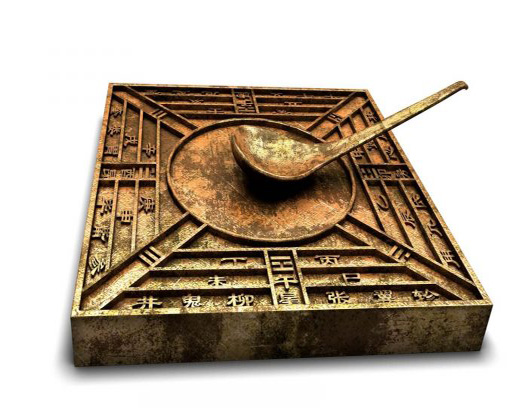
ancient Chinese inventions. Image Source: lindamandarin
Ancient China was a hotbed of technological innovation. Gunpowder, originally developed for fireworks, would revolutionize warfare. Papermaking made the written word more accessible. The compass, a vital navigational tool, enabled maritime exploration and trade. These inventions had far-reaching impacts on global history.
Read More: The Top 15 Inventions That Changed the World | Discover Their Impact
Fact 10. The Nazca Lines of Peru are giant geoglyphs etched into the desert.
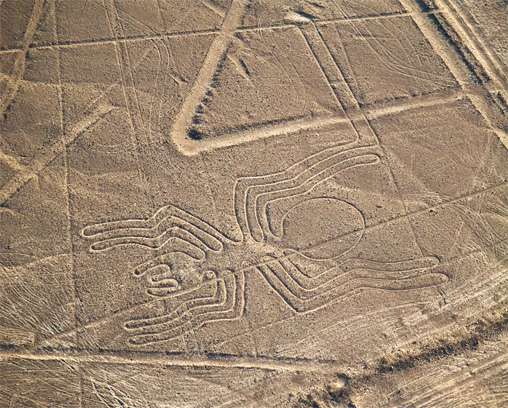
The Nazca Lines in southern Peru are enormous designs and shapes etched into the desert floor, visible only from the air. Created between 500 BC and 500 AD, their purpose remains a mystery. Theories range from astronomical markers to religious symbols or pathways for rituals.
Fact 11. The city of Angkor Wat in Cambodia was once the largest city in the world.

Angkor Wat, built in the 12th century, was the heart of the vast Khmer Empire in Southeast Asia. This temple complex is a masterpiece of Khmer architecture, renowned for its intricate bas-reliefs and grand scale. Angkor Wat’s surrounding urban sprawl was once the most extensive pre-industrial city on Earth.
Fact 12. The Great Zimbabwe in southern Africa was a powerful medieval trading center.
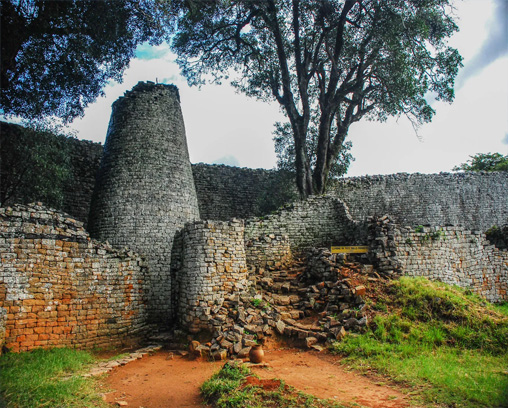
The ruins of Great Zimbabwe attest to a thriving African kingdom that existed between the 11th and 15th centuries. The city’s massive stone walls and structures demonstrate architectural skill and a powerful, organized society. Great Zimbabwe was a hub for trade in gold, ivory, and other goods.
Fact 13. The Rapa Nui people of Easter Island carved the iconic moai statues.
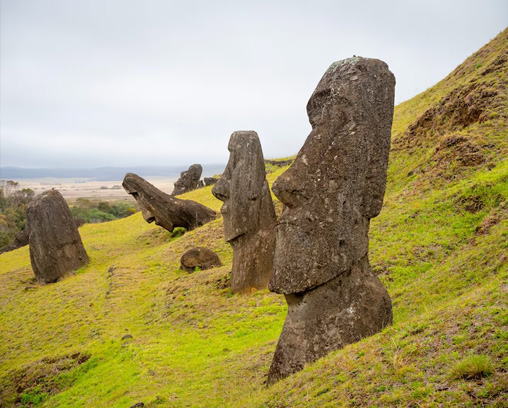
The enigmatic moai statues scattered across Easter Island are a testament to the resourcefulness and artistic achievement of the Rapa Nui people. These towering figures, carved from volcanic rock, likely represent ancestors or important figures. Their creation and transportation remain an impressive feat of engineering.
Fact 14. Stonehenge in England remains an enduring prehistoric mystery.

The purpose of Stonehenge, a circular arrangement of massive stones constructed between 3000 BC and 1500 BC, continues to intrigue archaeologists. Theories suggest it functioned as a ceremonial site, an astronomical observatory, or a place of healing. Its construction required remarkable engineering and social organization.
Fact 15. Göbekli Tepe in Turkey is considered the world’s oldest known temple.
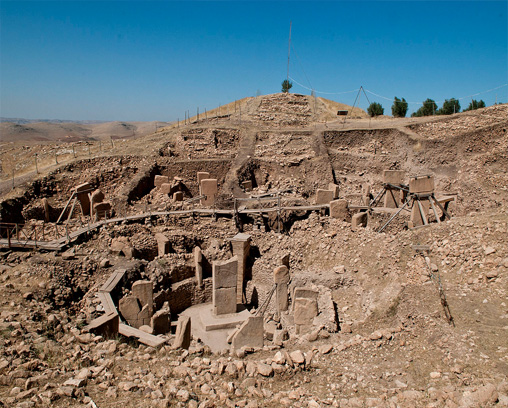
The prehistoric site of Göbekli Tepe in Turkey challenges traditional understanding of early civilizations. Built around 10,000 BC, it predates agriculture and settled communities. The site features massive stone pillars arranged in circles, decorated with intricate carvings of animals and symbols, suggesting complex ritualistic practices.
Conclusion:
The accomplishments of these ancient civilizations profoundly shape our understanding of human ingenuity, social complexity, and the enduring desire to explore and make our mark on the world. Their legacy lives on in the monuments they left behind, the innovations they spurred, and the enduring mysteries that fuel our curiosity.
15 FAQs(Most Asked Questions):
-
Why did ancient civilizations disappear?
There’s no single answer. Factors like environmental change, warfare, disease, internal conflict, and resource depletion often played a role.
-
Did ancient civilizations have advanced technology?
While certainly different from modern technology, they possessed sophisticated knowledge and engineering skills in areas like construction, astronomy, medicine, and agriculture.
-
What are some lesser-known ancient civilizations?
The Nok culture (Nigeria), the Norte Chico civilization (Peru), the Jiroft Culture (Iran), the Kingdom of Kush (Sudan) are fascinating but less widely discussed.
-
Are there any undiscovered ancient civilizations?
With ongoing archaeological work, it’s possible! Remote areas, under the sea, or obscured by time all hold the potential for new discoveries.
-
How did ancient civilizations communicate with each other?
Trade routes, diplomatic envoys, and sometimes multilingual scribes facilitated communication between civilizations, even across vast distances.
-
What was daily life like in ancient civilizations?
It varied greatly depending on social class, occupation, and the specific civilization. Elements might include farming, craft production, religious rituals, family life, and participation in community affairs.
-
What can we learn from ancient civilizations?
They offer insights into human adaptability, problem-solving, artistic expression, social structures, and the recurring challenges faced by societies throughout time.
-
How did ancient civilizations practice medicine?
A blend of herbal remedies, practical surgical techniques (like setting bones), and spiritual beliefs formed their medical practices.
-
What role did religion play in ancient civilizations?
Religion was deeply interwoven with governance, social structures, and explanations of the natural world. Polytheism (belief in multiple gods) was common.
-
Did ancient civilizations interact with extraterrestrials?
There’s no concrete evidence to support claims of extraterrestrial contact, though some myths and enigmatic structures fuel such speculation.
-
How were ancient monuments like the pyramids built?
Immense manpower, clever use of ramps, rollers, levers, and a deep understanding of engineering principles made these feats possible.
-
What caused the collapse of the Roman Empire?
A combination of factors: economic troubles, military overstretch, political instability, barbarian invasions, and social shifts weakened the empire over time.
-
Were ancient civilizations more peaceful than today?
Warfare and violence were present in ancient times, though the scale and technology of war have drastically changed.
-
Were ancient civilizations environmentally conscious?
Some practiced sustainable land management, but overexploitation of resources also contributed to the decline of certain civilizations.
-
How can I learn more about ancient civilizations?
Books, documentaries, museum visits, online resources, and maybe even archaeological travel offer pathways to explore these fascinating worlds!




